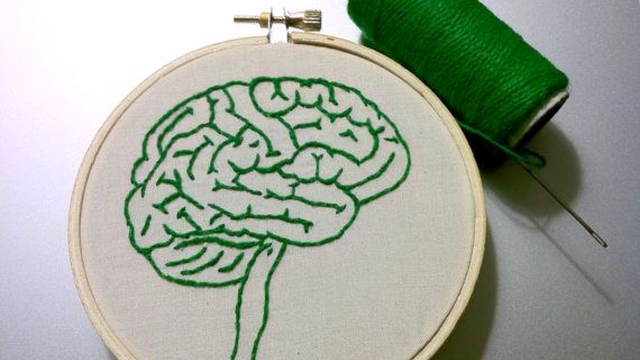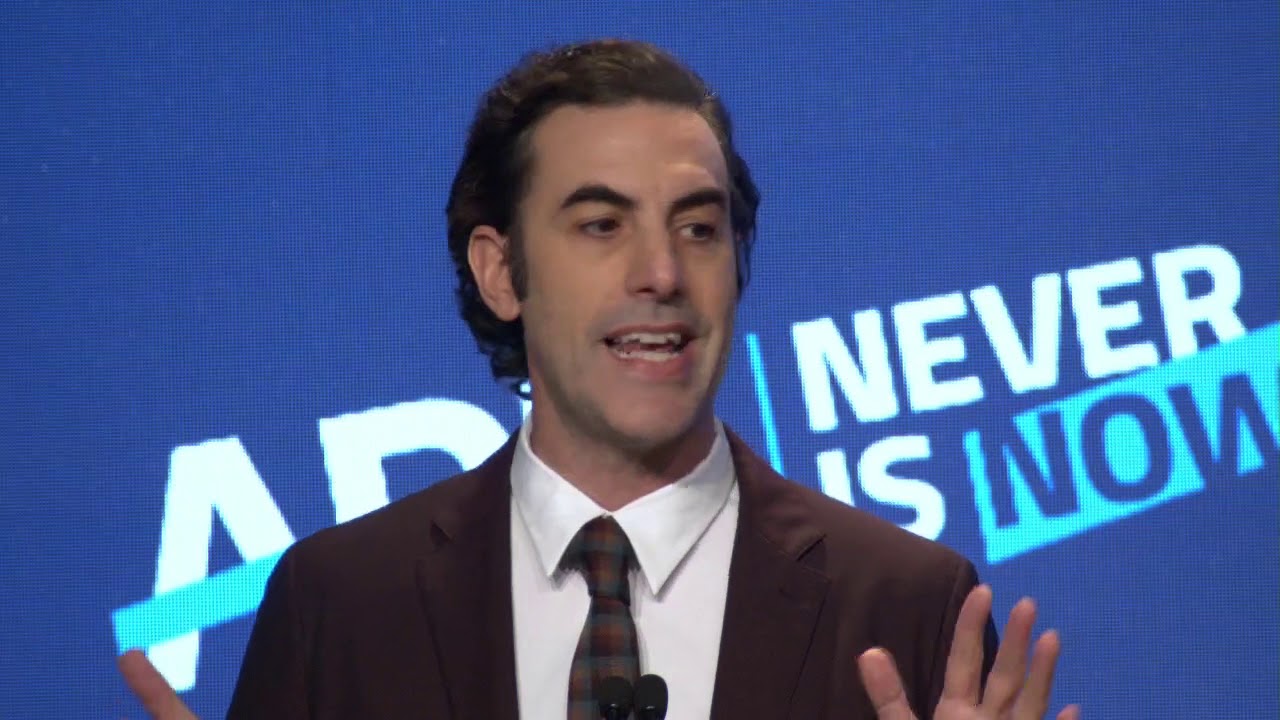
Social media at work: Research
Is social media work or play? Can it be both? Can it be more? Social media encompasses many aspects and many uses, and many opinions abound. Nonetheless, social media is a tool. The outcome depends on how you use it. Use it well and it can be a low-cost way to advertise. Use it badly and you could inadvertently be starting a campaign to have your business closed. However, there is more to social media than public relations.
The practical questions all organisations need to ask are:
- What conversations are happening on social media that are relevant to me?
- Does social media add value to my organisation?
- What risks do I need to be aware of?
To start with, organisations can look at recent research on social media and social networking technologies in the workplace. One of the most overlooked uses of enterprise social media is for research. What conversations are happening on social media that could help you understand your clients better? Or perhaps there are conversations about the changes happening in your industry that you could contribute to?
It is important for organisations to understand social media even if you don’t decide to use it because your employees and clients, existing and potential, are. Or even your market competitors.
The following articles and resources on social media show three key ways in which social media have been used for research purposes by organisations.
1. Engaging in meaningful conversations
A paper on social media used for public health communication1 examines the opportunities to have engaging and interactive conversations instead of using social media simply to make announcements. This could include disseminating findings and results of research and helping people understand information.
As social media has the ability to reach diverse audiences in new spaces, the research suggested that “Social media can work best when integrated with traditional public health communication channels”. This may help alleviate concerns from organisations that the old ways are completely obsolete and everything has to change. Rather, social media can complement traditional ways of communication. It highlights the significance of not only the content but the method of communication, as well as how social media can communicate information to benefit the community.
2. Disaster detection and support
After the Haiti earthquake in 2010, citizens have increasingly turned to using social media when disaster strikes according to research by the GeoVISTA Centre at Pennsylvania State University. Citing the 2011 Red Cross Survey, researchers noted that 33% of citizens have used social media to get information about an emergency and half of the survey participants would “contribute information” through these platforms in the same context2. The research included Facebook and Twitter and also photo sharing platforms like Flickr, as well as SMS text alerts and messages. By finding ways to collect and map this information, organisations can help manage crisis situations and plan proactive and effective responses.
Social media can even be used to help monitor and manage the outbreak of disease, like in this 2015 systematic literature review3 which includes examples on infectious diseases, non-infectious diseases, medications, vaccines and more.
Some researchers have proposed a framework for social media use in the event of a disaster, because:
Communication is a core component of disaster planning, response, and recovery. Effective disaster communication may prevent a disaster or lessen its impact, whereas ineffective disaster communication may cause a disaster or make its effects worse4
Thus organisations have a responsibility to communicate information responsibly, and hopefully to continue to research best practices in disaster support and response through social media.
3. Understanding the power of social media
Though you may be targeting content to your chosen audience, the whole world could be watching. The power of viral social media can take a post around the world and rack up millions of page views and hits in a short time. What makes a post more shareable than another? An article in The New Yorker examines patterns of successful content sharing: “Two features predictably determined an article’s success: how positive its message was and how much it excited its reader”.
This also presents an incredible opportunity for researching global advertising reach even if it is somewhat perplexing. The dilemma is highlighted in research on social media and international advertising5, which states that “the combination of global and social media may have been viewed as mismatched since social media is often considered as a very personalized, rather than global, medium. The interactivity of social media is often well suited to one-on-one interactions between companies and consumers…”.
And yet stories, even personal conversations, are shared virally. Many people and organisations have tried to deconstruct viral success with the ultimate aim of applying it as a winning formula. However, the article in The New Yorker notes the fact that “we may be changing what will become popular even as we’re studying it”. Not to mention that what is shocking and funny once loses excitement for the readers when repeated, leading organisations and scientists to keep researching whilst everyone continues to look for and marvel at the next thing that comes along.
How will you use social media for work? Are you ready to use social media for research?
Image source: Social Media 01 by Rosaura Ochoa is licensed by CC BY 2.0.
References:
- Heldman, A. B., Schindelar, J., & Weaver III, J. B. (2013). Social media engagement and public health communication: implications for public health organizations being truly” social”. Public Health Reviews, 35(1), 1. ↩
- McClendon, S., & Robinson, A. C. (2013). Leveraging geospatially-oriented social media communications in disaster response. International Journal of Information Systems for Crisis Response and Management (IJISCRAM), 5(1), 22-40. ↩
- Charles-Smith, L. E., Reynolds, T. L., Cameron, M. A., Conway, M., Lau, E. H., Olsen, J. M., … & Corley, C. D. (2015). Using social media for actionable disease surveillance and outbreak management: A systematic literature review. PloS one, 10(10), e0139701. ↩
- Houston, J. B., Hawthorne, J., Perreault, M. F., Park, E. H., Goldstein Hode, M., Halliwell, M. R., … & Griffith, S. A. (2015). Social media and disasters: a functional framework for social media use in disaster planning, response, and research. Disasters, 39(1), 1-22. ↩
- Okazaki, S., & Taylor, C. R. (2013). Social media and international advertising: theoretical challenges and future directions. International marketing review, 30(1), 56-71. ↩
Also published on Medium.






